
Dear readers,
Isn't that what we all taught our children? Whoever speaks up is wrong. But before I go any further, first of all: Objection!
What my colleague Nils Leiterholt wrote here about the America's CupI don't share that view. I don't find the foiling races off Barcelona boring at all, on the contrary. It may be because my sailing background was as a round-the-barrel sailor, i.e. as a regatta sailor. In any case, I have a pulse when it comes to the line during the broadcast on YouTube and even more so when it gets tight on the course.
I noticed something. It was in the last race of the elimination of the challengers between Italy and the USA. I had an aha effect. Which brings me to making noise. Or rather, the mastery of it.
The Italians sailed upwind with wind from starboard, i.e. right of way. The Americans came on the other bow with a lead of 50 metres. 50 metres is nothing for these boats. They cover that distance in three seconds at 30 knots upwind. It was extremely close. Pass round the front, go round the back, or tack? Those were the Americans' options. They decided in favour of the tack. They only had a few seconds to weigh up the options and make the manoeuvre.
I was impressed by the way they communicated. No shouting, no hectic commands. The on-board radio, which is easy to hear in the transmissions, sounded more like they were talking about what to eat at the weekend. And the fact that there was even time to count off the turn, i.e. "three, two, one, board down", was evidence of enormous mastery and professionalism.
A lot is always written about the so-called "spin-offs" of this high-tech sport, i.e. that developments from the America's Cup are making their way into popular sport. This is indeed the case; membrane sails, grinders and carbon fibre processing are just a few examples. It may be difficult to imagine foil technology as a spin-off for cruising sailing. But I would like to see something else become such a spin-off: the way we communicate.
We used to shout at each other on the regatta course, not on board for me as a single-handed sailor, but especially at the start and at the course markers, it was loud between the boats. I certainly wasn't a fly on the wall either. I'm sure I also shouted "you're not coming in here" in the style of a disco bouncer. According to the motto: whoever is the loudest gets the upper hand.
Something similar can also be observed time and again in harbour manoeuvres when sailing. Whoever shouts, usually the skipper, is right and can thus distract from their own mistakes. However, some people can't help but get loud. If you want to instruct someone on the foredeck on a 50-footer in strong winds, for example, you have no choice but to shout. Or to work with hand signals. One Greek charter company already equips its yachts with headsets as standard.
Which is a clever idea. If you don't want to shout against ambient noise, you can easily make use of appropriate technology today. My colleague Michael Rinck has the necessary expertise in summarised in this article. The America's Cup also does not have a higher decibel level because of the high-tech headsets.
But even without technology, I think you can learn a lot from the sailing pros. By that I mean the content of communication: away with the emotions and in with the facts. This applies in everyday life as well as on board. Be it when responding to emails, comments on social networks or during manoeuvres. Calm down, stay objective. There will still be time for emotions after the sun goes down.
Lars Bolle,
Editor-in-Chief Watersports Digital
Click on it to see through:
The week in pictures
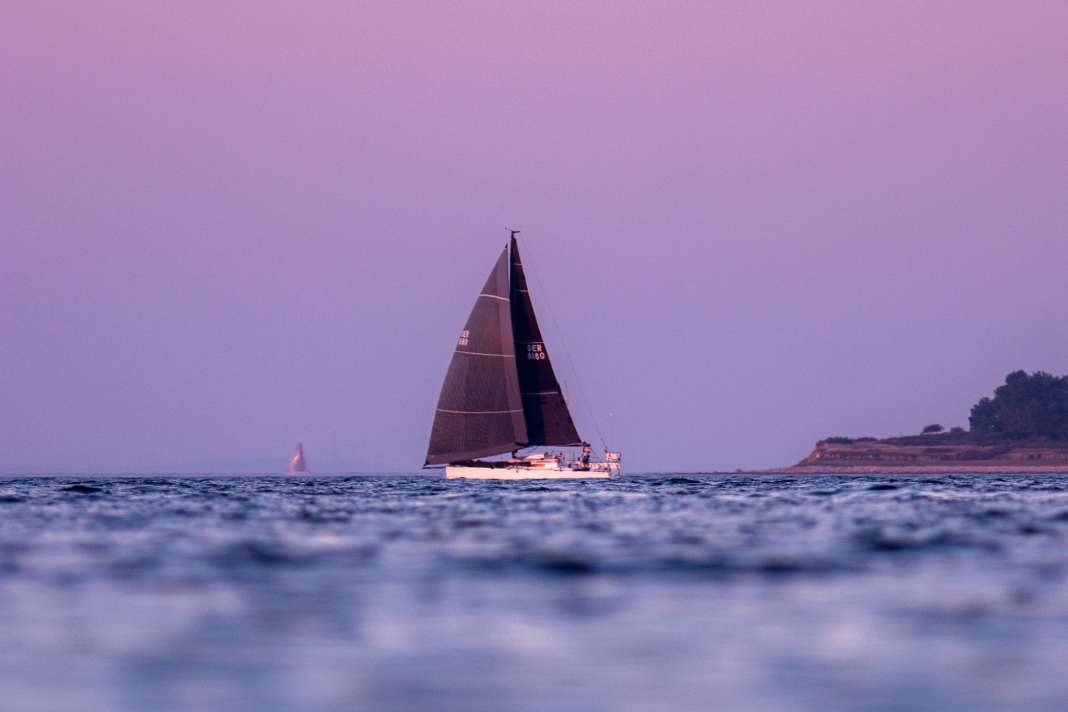





Recommended reading from the editorial team

Record from space
Monster wave of 19.7 metres measured by satellite
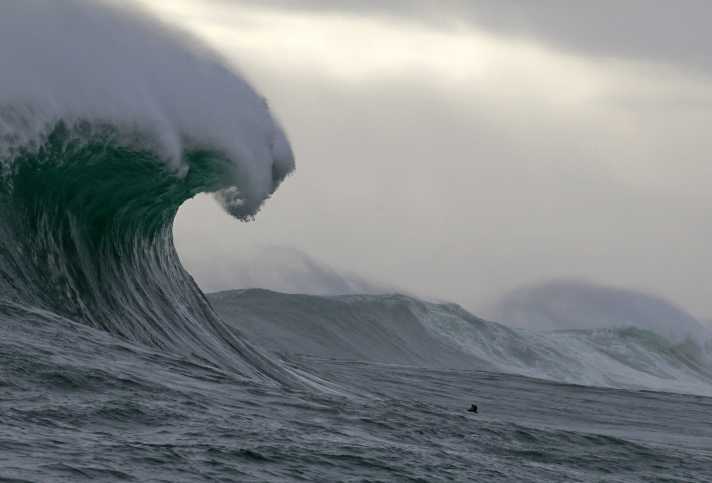
A new satellite system makes it easier to recognise monster waves. A recently published study shows how storm waves can cross oceans and endanger even distant coasts. The more accurate detection could also improve routing programmes.
YACHT readers' trip
On the "Sea Cloud II" 900 nautical miles through the Caribbean
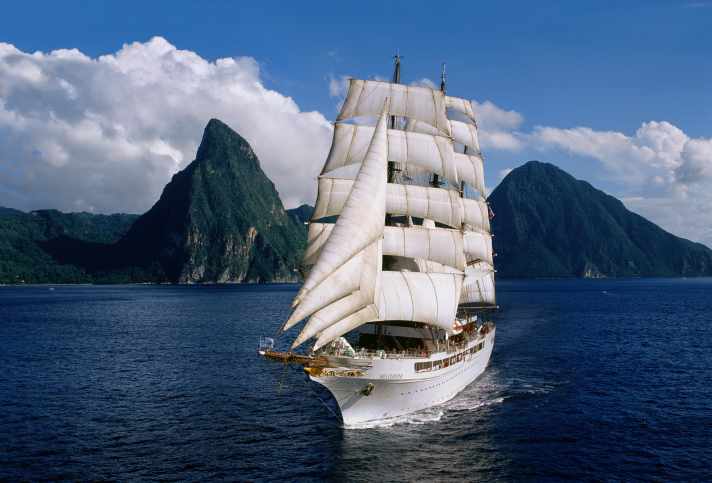
The multifaceted YACHT readers' trip through the Caribbean dream destination starts on 6 March and takes us through one of the most beautiful sailing areas in the world in ten days.
Shipyard portrait
Pure Yachts produces in small series with big goals
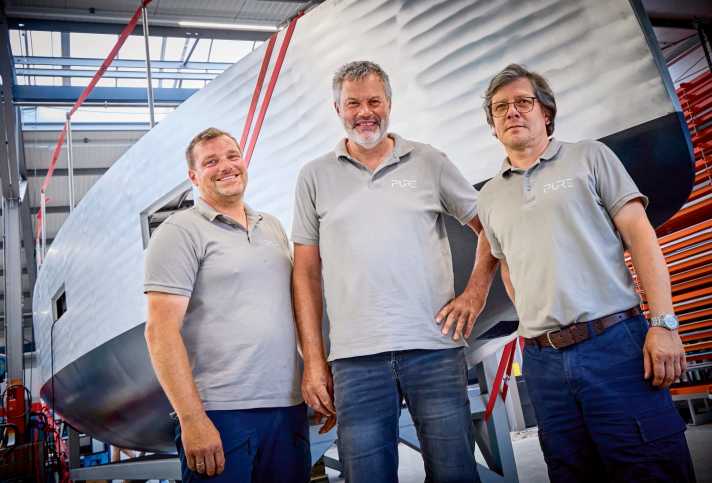
The Pure Yachts shipyard, newly founded in Kiel, focuses on long-distance performance yachts made of aluminium. It can already boast its first successes.
Baltic Sea
Fehmarn Sound Bridge - Reduced clearance height
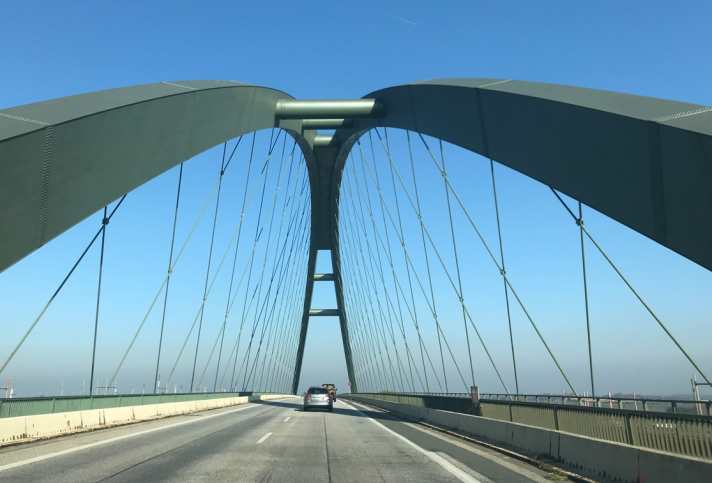
Watch out for the mast stop! The clearance height of the Fehmarnsund Bridge has been reduced until summer 2026. Due to construction work, only 20 metres are available instead of the usual 23 metres.
M.A.T. 11
The Orient-Express is set to become the new ORC pick-up

Hot racer from the Orient. The M.A.T. 11 is set to create new excitement in the ORC scene. The design comes from Matteo Polli.
Shadows in paradise
Brutal attack on expedition boat in Papua New Guinea

The first motorless circumnavigation of Antarctica by sailing boat was abruptly interrupted by a brutal robbery in Papua New Guinea. The expedition ship "Zhai Mo 1" was badly damaged and looted, putting the voyage of the Chinese sailor Zhai Mo on ice for the time being.
Dispute over measurement
ORC and X-Yachts agree on cooperation - joint statement
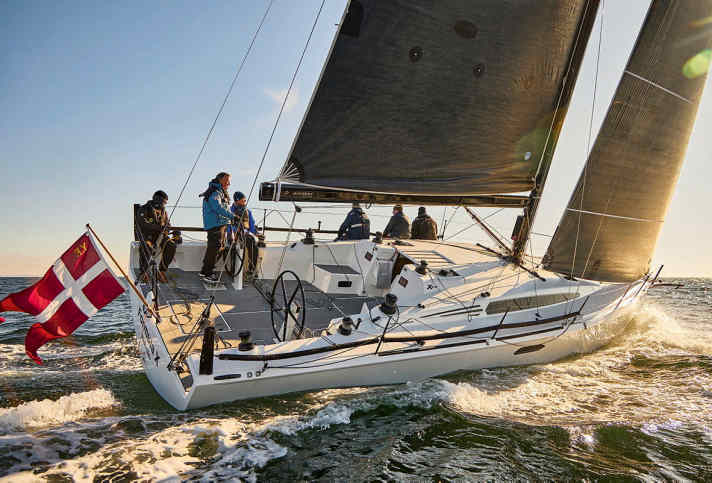
Due to the debate surrounding the XR 41, the Offshore Racing Council (ORC) is reviewing its algorithm for calculating race values.
Hallberg-Rassy 370
Sailing and living at the highest level in the YACHT test
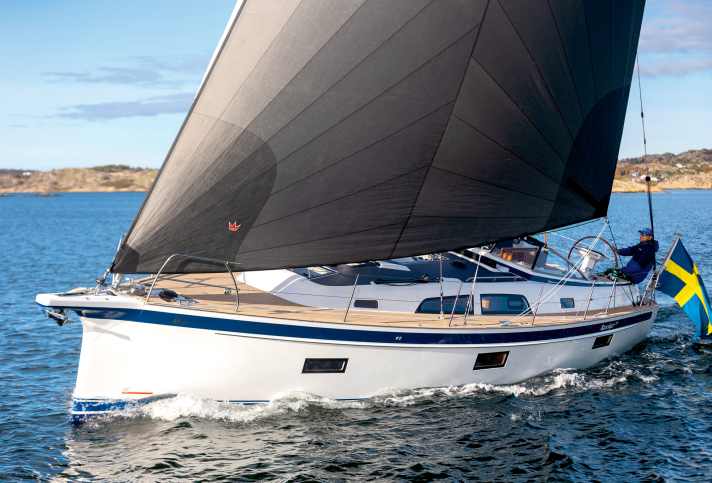
With the Hallberg-Rassy 370, the Swedes present a cruising yacht that leaves almost nothing to be desired. We have tested the first model.
Globe40
On course for La Réunion - concerns about the mast remain
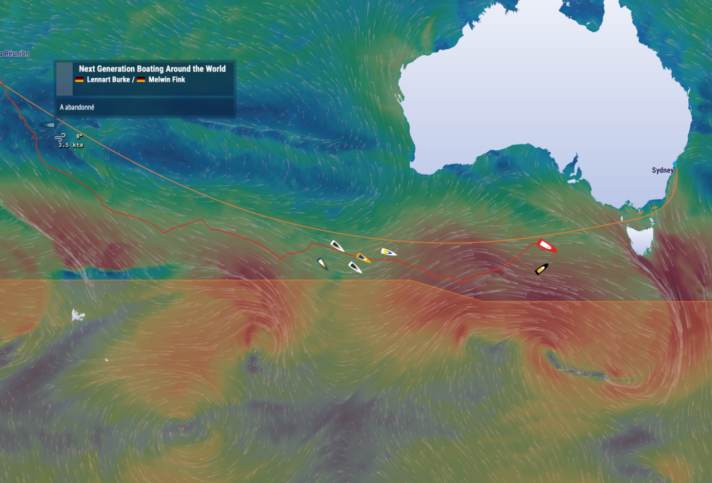
Lennart Burke and Melwin Fink are on their way back to La Réunion in the Globe40. While the competition is aiming for Sydney, the GER duo are fighting on all fronts.
Gitana 18
Caudrelier "talented and humble like Michael Schumacher"
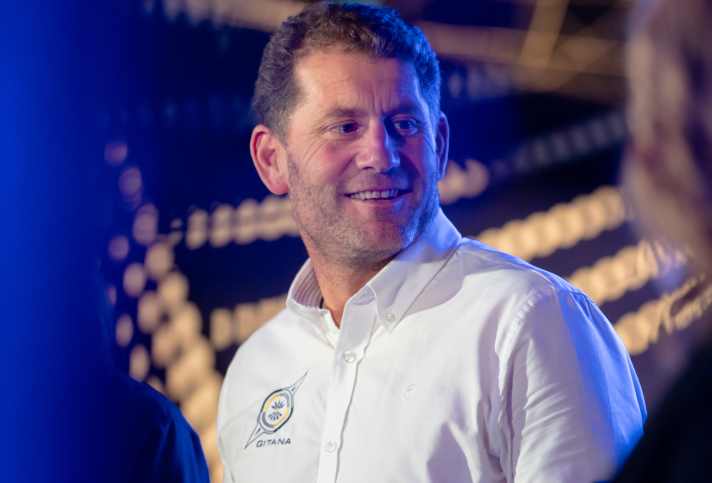
Charles Caudrelier is the skipper who will sail "Gitana 18" into the future. Ariane de Rothschild compares him to Formula 1 legend Michael Schumacher.
Newsletter: YACHT-Woche
Der Yacht Newsletter fasst die wichtigsten Themen der Woche zusammen, alle Top-Themen kompakt und direkt in deiner Mail-Box. Einfach anmelden:
